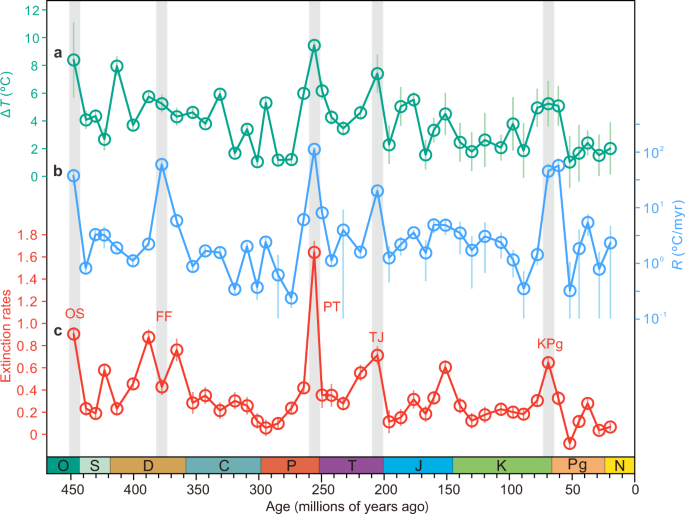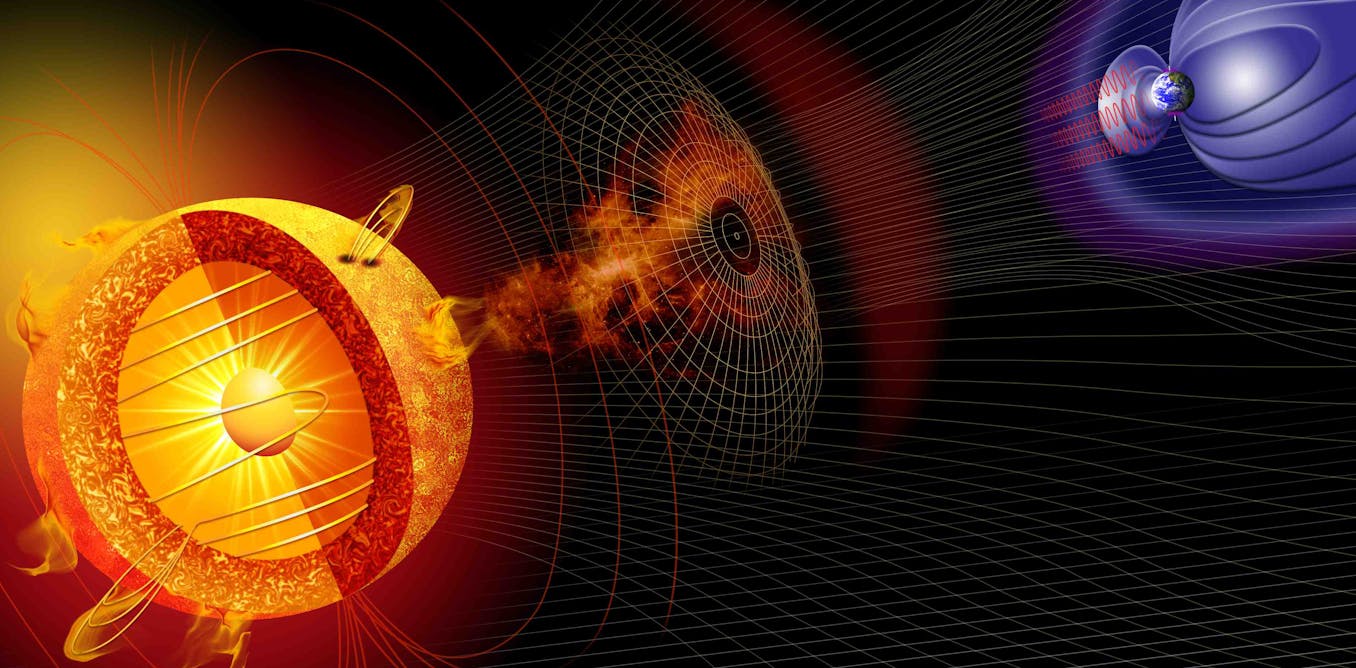
Climate change is slowing Earth’s rotation
T HE PERFECT day should have 86,400 seconds: 24 hours for Earth to spin around its axis, 60 minutes in each hour, and 60 seconds in each minute. But the apparent precision of these simple calculations ignores the messy reality of planetary bodies. Tidal forces, combined with the roiling currents in Earth’s core and the redistribution of ice sheets at its surface, cause the planet’s rate of spin to vary ever so slightly from year to year.
This irritant was scotched in 1967 with the definition of a new second, derived from the vibrations of caesium atoms inside uber-precise atomic clocks. The two seconds, solar and atomic, are almost exactly equivalent. But not quite. The leap year 1972, for example, should have had 31,622,400 seconds. Reckoned by atomic seconds, however, Earth’s full journey around the sun took 31,622,401.14. As a result, two additional seconds were added: the very first “leap seconds”. One, on June 30th that year, made up for the lag; the second anticipated an impending additional one. It was added to the very last minute of the year’s very last day.
This article appeared in the Science & technology section of the print edition under the headline "The years are getting longer..."






















